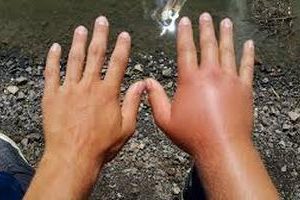Having your face suddenly covered in pimples can be frustrating and even confusing, especially when you’re not sure what’s causing it. Pimples often appear when hair follicles become clogged with oil, dead skin cells, or bacteria. This process leads to inflammation and visible spots that can vary from small whiteheads to larger, more painful blemishes. While occasional breakouts are normal, having many pimples at once can signal that something in your daily routine, diet, or lifestyle may be affecting your skin’s balance.
One of the most common causes of widespread pimples is excess oil production. Hormonal changes—such as during puberty, menstrual cycles, or stress—can trigger your glands to produce more sebum, which clogs pores more easily. Another major factor is improper skincare habits, like sleeping with makeup on, not washing your face regularly, or using products that are too harsh for your skin type. These habits can irritate the skin and make breakouts worse.
Your diet and lifestyle also play a big role. Foods high in sugar, dairy, and refined carbohydrates can contribute to pimples for some people. Lack of sleep, dehydration, or chronic stress can also trigger hormonal imbalances that lead to acne. Additionally, frequently touching your face or using dirty pillowcases and phone screens can transfer bacteria to your skin, increasing the risk of breakouts. Making small adjustments—like eating more fruits and vegetables, staying hydrated, and keeping your hands clean—can often help your skin recover naturally.
If the pimples persist, spread rapidly, or become painful, it’s best to seek advice from a dermatologist. They can help identify whether the cause is hormonal, bacterial, or related to another underlying condition. In most cases, consistent care, gentle cleansing, and patience can make a big difference. Clear, healthy skin often comes from understanding what your skin needs and giving it time to heal.




